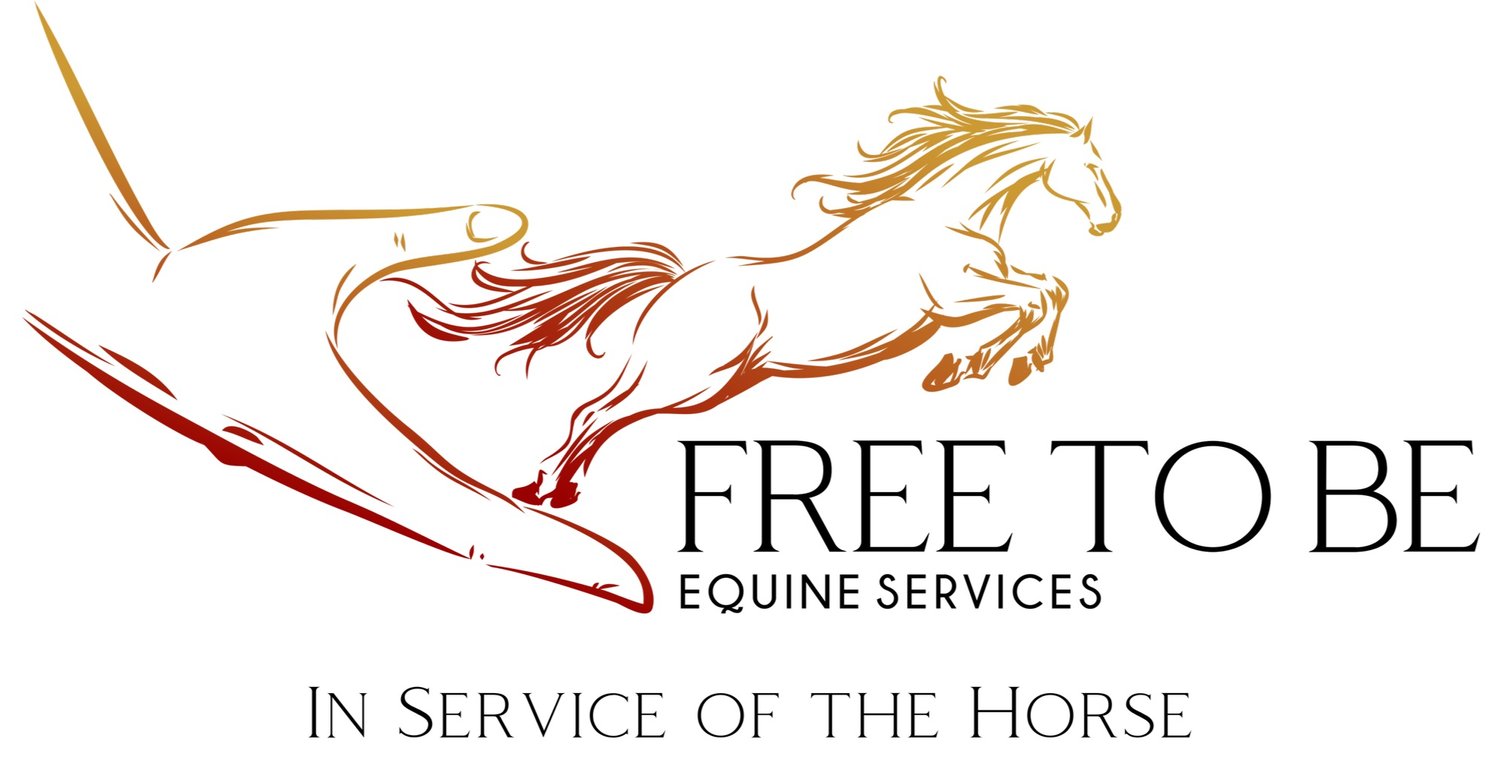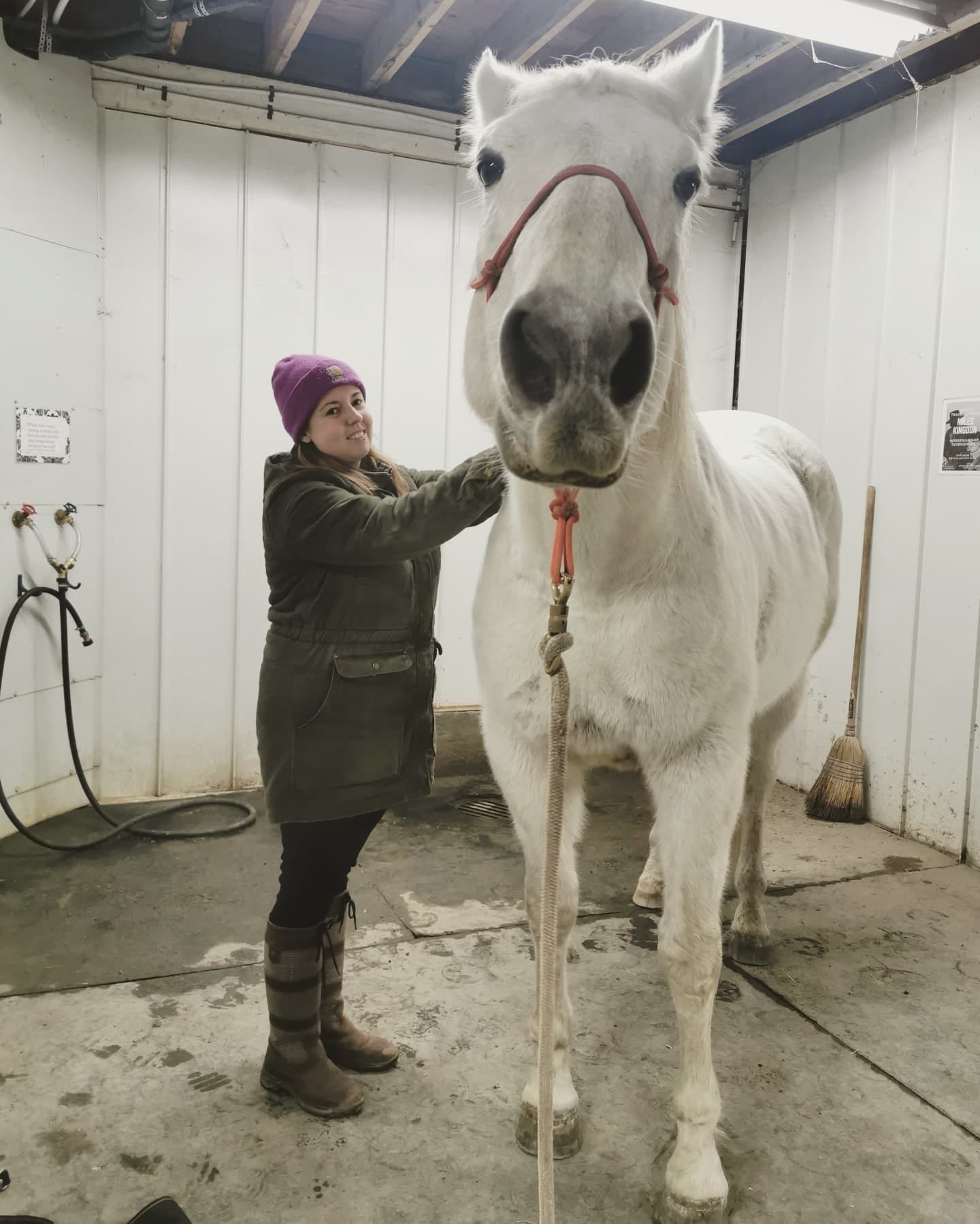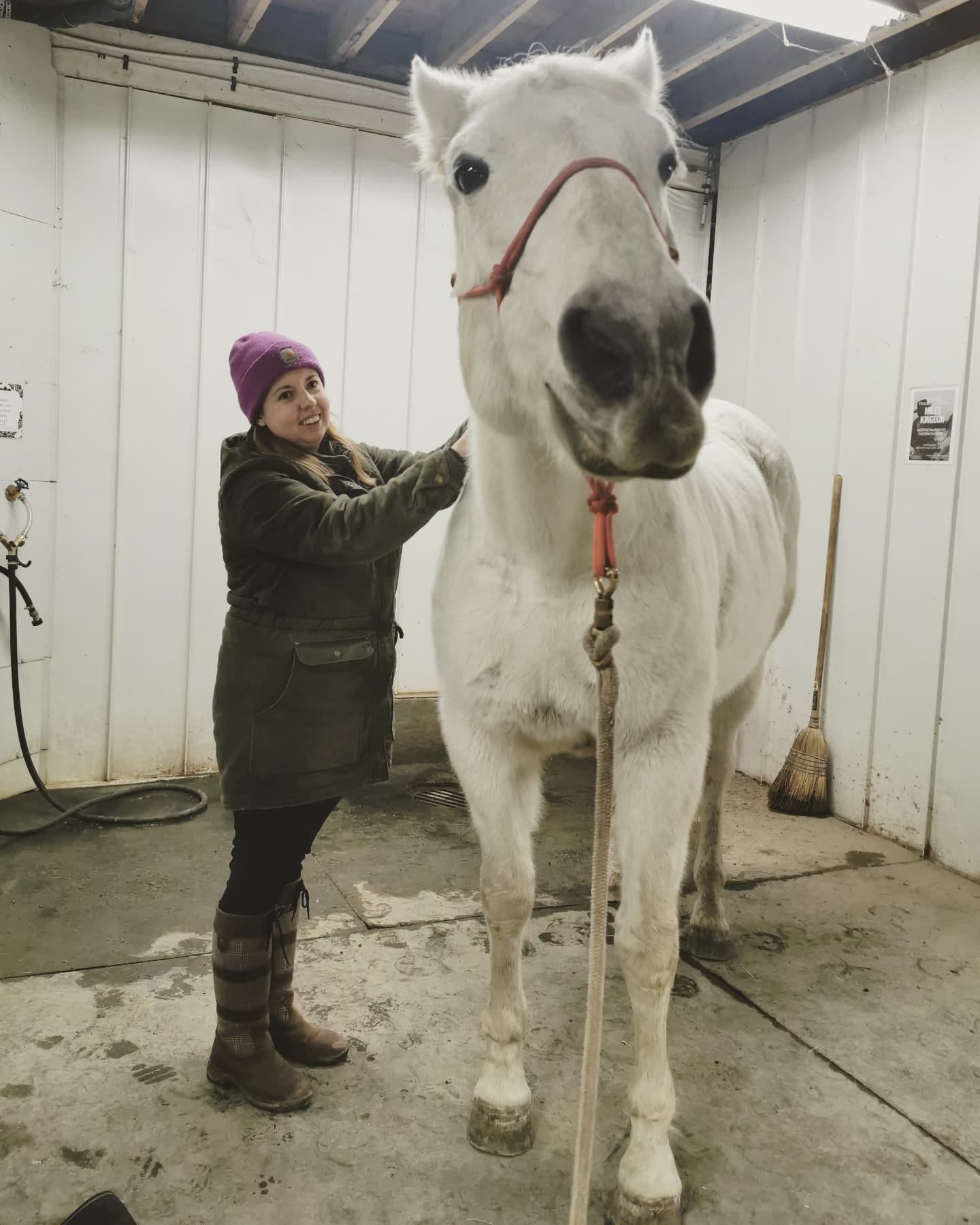Ultimately, my goal during Equine Therapy sessions is to create a positive, relaxing bodywork experience for the horses. It's easy to fall into the trap of thinking that feel-good = ineffective. "No pain no gain" is really nothing but a marketing slogan, in truth. We now know that the nervous system - the true source of pain and tension - cannot turn off those pain signals when it is in a state of brace and protection. This goes for humans and horses, but is especially true for horses. We cannot explain to them "this may feel unpleasant now but you'll feel better later". We have to work with their bodies in a way that makes them feel safe, seen, and heard. And honestly, that does make my job as a therapist a lot more challenging.
It is by no means "easier" to create a relaxing session for a horse. I have to be in tune with my own emotions, body language, and presence. I have to be focused and skillful at reading equine body language, and following even the most subtle of cues. I have to be extremely aware of my touch - pressure, placement, intention. On top of that I need to use my palpation, clinical reasoning, and therapeutic skills while remaining calm and relaxed - if you are too intense with your concentration, the horse feels that too!
It also means being flexible and not taking things personally. It can be so disappointing when I try everything to make a horse feel relaxed, but I'm not successful, or only successful for a short time. It is tough, but necessary, to put aside my ego and realize that there are so many factors out of my control, and that I can only work with what the horse is presenting to me that day and how much they are able to participate at that time. It's not helpful - in fact, more so harmful - to push the horse further into bodywork than they are comfortable to go. It is easy to succumb to the pressure of looking like a "good therapist" who is "getting a lot done" in the session. But the more years I spend in this profession, the easier it is for me to see, recognize, and educate on the benefits of working within the horse's tolerance - and that a good therapist won't push the horse beyond their threshold. Pushing them is the easy way, but not the correct way.
Thank you to Alex for the photos of me and her horse Rambo. He is a prime example of a horse that takes time and patience to let you in - but the results are so worthwhile.
Kaiti Elliott
Certified Equine Therapist
Fraser Valley, BC


